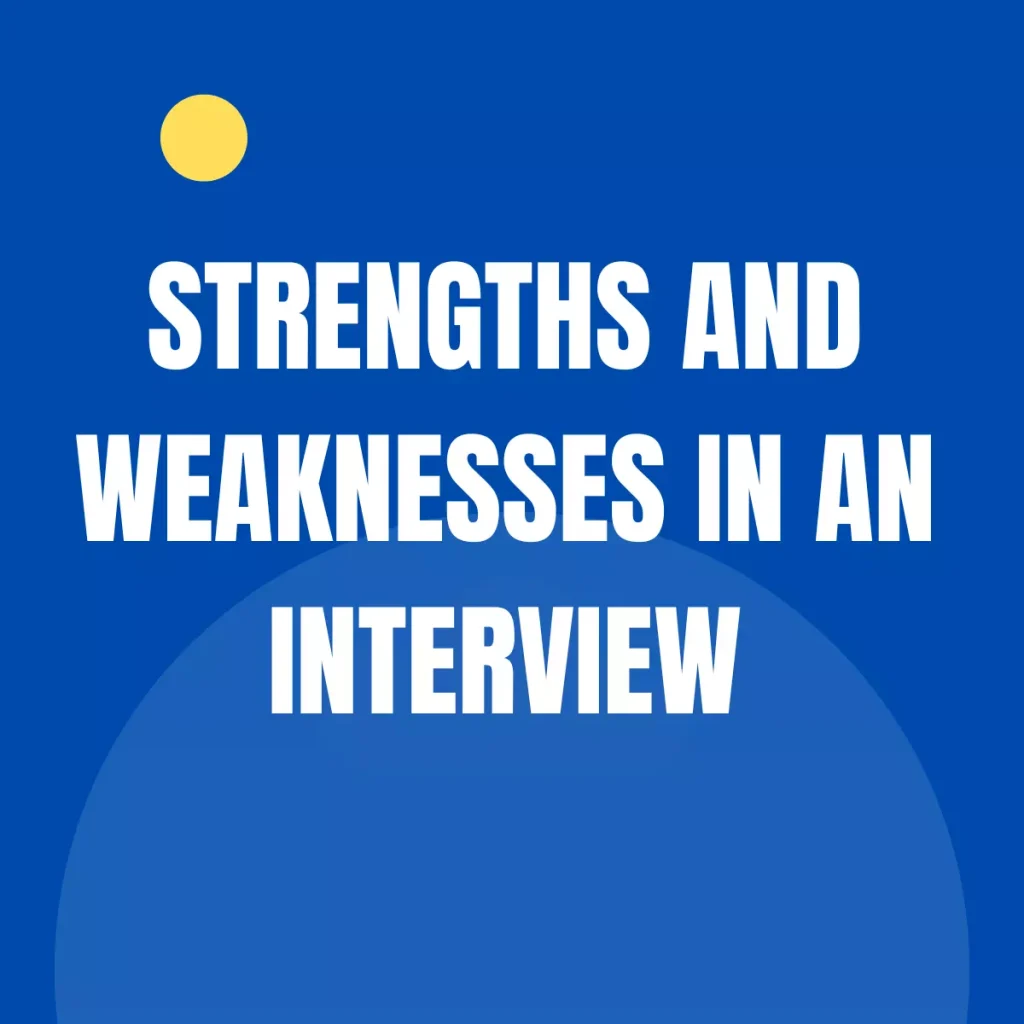Introduction:
Choosing the right resume format is a crucial step in crafting a successful job application. Your resume format not only showcases your skills and experience, but also presents your professional image to potential employers. With several resume formats available, it can be overwhelming to determine the best one for you. In this blog, we will provide you with guidance on how to choose the right resume format that suits your skills, experience, and career goals.
FAQs: How to Choose the Right Resume Format for You
1. What are the main resume formats I should consider?
The three most common resume formats are chronological, functional, and combination. Chronological emphasizes your work history, functional focuses on skills and abilities, while a combination format combines elements of both.
2. When should I use a chronological resume format?
A chronological resume format is ideal if you have a strong work history and want to highlight your career progression, growth, and stability. It is commonly used by applicants with a continuous employment history in the same field.
3. When should I use a functional resume format?
A functional resume format is suitable for individuals who have gaps in their work history or are changing careers. It emphasizes skills and accomplishments rather than chronological work experience.
4. What is a combination resume format?
A combination resume format, as the name suggests, blends elements of chronological and functional formats. It highlights both work experience and relevant skills, making it suitable for those with a solid work history and relevant skills to showcase.
5. How important is visual appeal in a resume format?
Visual appeal is essential as it makes your resume stand out and makes it easier for recruiters to scan. Choose a format with clear headings, bullet points, and proper spacing to enhance readability.
6. Should I tailor my resume format to a specific job?
Tailoring your resume format to a specific job is crucial. Review the job description and requirements carefully, and select a format that highlights the most relevant skills and experiences for that particular role.
7. Are there resume formats that are more suitable for creative fields?
Creative fields often allow for more visually appealing and unconventional resume formats. Consider using a functional or combination format to showcase your creativity and unique skills.
8. Can I use a template to create my resume?
Yes, using a template can help you create a well-structured and visually appealing resume. However, ensure that the template matches the format you have chosen.
9. Should I include a summary or objective statement on my resume?
Including a summary or objective statement depends on your career stage and the job you are applying for. A summary statement briefly highlights your skills and experience, while an objective statement states your career goals.
10. How many pages should my resume be?
It is generally recommended to keep your resume to one or two pages, depending on your experience. Recent graduates or those with limited experience can stick to a one-page format, while those with extensive experience may require additional space.
Conclusion:
Choosing the right resume format plays a significant role in capturing the attention of employers and showcasing your qualifications effectively. Whether you opt for a chronological, functional, or combination format, ensure that it aligns with your skills, experience, and career goals. Remember to tailor your resume format to each job application, maintain visual appeal, and focus on relevant information. With the right resume format, you can enhance your chances of securing job interviews and ultimately landing your desired role.




